When Australia’s first case of Covid-19 was confirmed in Victoria on 25 January, the virus didn’t even have an official name. The case was a man from Wuhan, China, who flew to Melbourne from Guandong on 19 January. On 26 January, Australia Day, the federal health secretary Prof Brendan Murphy held a press conference, his comments revealing how little was known about the virus that was only reported in Wuhan in December 2019.
“We don’t know exactly how long symptoms take to show after a person has been infected, but there is an incubation period and some patients will have very mild symptoms,” Murphy said. At the time, there was no hotel quarantine. International arrivals were just told to alert the airline, or a biosecurity officer, if they had symptoms.
Why the delay? The nations waiting to see how Covid vaccinations unfold
Read more
The World Health Organization had given the virus that causes Covid-19 an official name just two weeks earlier, calling it “severe acute respiratory syndrome coronavirus 2”, or SARS-CoV-2, because it is genetically linked to the coronavirus responsible for the Sars outbreak of 2003. While related, the two viruses are different, but how different was not known at the time.
One year on from Australia’s first case, there have been almost 30,000 cases in Australia and just over 900 deaths. Vaccines are being rolled out globally, with vulnerable Australians to receive their first dose in February. Queensland and New South Wales are managing clusters sparked by hotel quarantine leaks, but Australia’s position is enviable when compared to the almost 2 million deaths and more than 90 million cases globally, and the overflowing morgues, exhausted health care staff and prolonged and repeated lockdowns being navigated by other countries.
Timeline Key events in the first year of Covid-19 in Australia
Show
Hide
25 January 2020
First novel coronavirus case detected
The first case of novel coronavirus, which will later be named Sars-CoV-2, is identified in Australia, in a traveller who flew from China to Melbourne.
1 February 2020
China travel ban
Prime minister Scott Morrison announces foreign arrivals from mainland China will not be allowed entry into Australia, as part of measures to tackle the escalating crisis.
1 March 2020
First person to die of Covid-19 in Australia
James Kwan is the first person in Australia to die after being diagnosed with Covid-19. The 78-year-old Perth man was a passenger on board the Diamond Princess, a cruise ship that was forced to quarantine in the Japanese port of Yokohama in February.
3 March 2020
First community transmission
Australia reports its first community transmission of Covid-19 in a 53-year-old health worker diagnosed in New South Wales.
12 March 2020
Pandemic declared
The World Health Organization declares a pandemic.
19 March 2020
Ruby Princess docks
The Ruby Princess cruise ship is given permission to dock in Sydney and passengers disembark. Over the coming weeks, more than 900 virus cases and 28 deaths will be linked to the ship, including 20 deaths in Australia and eight in the US.
20 March 2020
International travel ban implemented
An international travel ban comes into force. Domestic travel is discouraged.
23 March 2020
Widespread lockdown begins
Widespread closure of businesses begins across the country, with only supermarkets and other essential services remaining open. Working from home begins, with only essential workers allowed to leave their home for work. People are told to stay at home to slow the spread of the virus. Australians are told these measures could last six months. Most schools are closed.
28 March 2020
Mandatory quarantine begins
All returning international travellers are now required to undertake 14 days of quarantine in hotels managed by the states and territories. Previously, travellers were asked to self-isolate.
4 March 2020
Western Australia closes its borders
For the first time, Western Australia closes its border to the eastern states. The measure takes effect from 11.59pm.
8 April 2020
Wage subsidy package passes parliament
The government’s $130bn wage subsidy package, including jobkeeper, passes both houses of parliament. It follows childcare being made free by the government earlier in the month.
April 2020
Australian cases fall
Throughout the month Australian cases continue to fall and modelling shows the curve is being flattened.
8 May 2020
Morrison announces national ‘roadmap’
Morrison announces the national cabinet’s three-stage ‘roadmap’ to ease Covid-19 restrictions, with this to occur sooner than anticipated due to continuing low case numbers. Some states – Queensland, South Australia and Tasmania – indicate their own initial changes to restrictions.
30 June 2020
Spike in Victorian cases
Ten Victorian postcodes go back into lockdown from midnight and international flights coming into Melbourne are diverted elsewhere, as the state struggles to get on top of Covid-19 outbreaks and community transmission. It will later emerge the virus leaked into the community out of hotel quarantine.
8 July 2020
191 cases of Covid-19 recorded in Victoria in a 24 hour period
The greater Melbourne area and Mitchell shire also return to lockdown after Victoria records 191 new cases of Covid-19 in 24 hours, the largest number of positive cases since the pandemic began. Premier Daniel Andrews says he knows “there will be enormous amounts of damage that will be done because of this”.
10 July 2020
States other than Victoria begin to ease restrictions
States and territories aside from Victoria start easing more restrictions, after a national cabinet meeting, but these restrictions will ease at different times depending on the jurisdiction.
22 July 2020
Face masks made mandatory in Victoria
From 11.59pm masks are made mandatory in Victoria. The fine for not wearing a face covering is $200.
2 August 2020
State of disaster declared in Victoria; curfew implemented
Andrews declares a state of disaster in Victoria halfway through what is supposed to be a six-week lockdown. He implements a curfew for greater Melbourne and Mitchell shire residents, and people are not to travel outside of a 5km radius from their homes. Regional Victoria is also placed under lockdown restrictions.
6 August 2020
Victorian ‘roadmap’ revealed
As cases fall in Victoria the state government reveals a roadmap for easing lockdown restrictions. Face masks will remain compulsory.
18 October 2020
Restrictions ease across Victoria
From 11.59pm a number of restrictions begin easing across Victoria.
26 October 2020
First ‘donut day’ in Victoria since June
Victoria records the first day of zero new cases of community transmission since 9 June.
10 December 2020
Australian government terminates vaccine agreement with CSL and University of Queensland
The Australian government terminates its agreement with Australian biotech company CSL to supply 51m doses of a Covid-19 vaccine being developed by the University of Queensland, after vaccine trial participants return false positive test results for HIV.
16 December 2020
Spike in NSW cases
NSW records three cases of locally-acquired Covid-19, including an airport bus driver from south-west Sydney and two people in their 60s and 70s from the northern beaches.
29 December 2020
Victoria records 60 consecutive days of zero cases of community transmission
1 January 2021
Victoria closes border with NSW
Eight cases of community transmission of Covid-19 in Victoria prompt the state government to swiftly close the border with NSW and introduce new restrictions.
7 January 2021
Government announces vaccine rollout
The federal government announces it will bring forward the rollout of the Covid-19 vaccine in Australia to February, and aims to have four million people receive the first dose by March.
8 January 2021
Queensland lockdown following B117 variant detection
Queensland premier Annastacia Palaszczuk announces a three-day lockdown of greater Brisbane after a hotel quarantine worker is infected with a concerning and more transmissible variant of Covid-19 known as the B117 variant. The federal government announces new testing requirements for travellers triggered by fears of the variant entering the Australian community.
14 January 2021
Queensland considers using mining camps to house returning travellers
Fears about a cluster of Covid-19 cases spreading within a Brisbane quarantine hotel grow, as the Queensland government considers using regional mining camps to house returned travellers.
Was this helpful?
Thank you for your feedback.
Australia’s relatively strong position comes down to decisions and discussions that happened early in the piece, including focusing on quickly learning as much as possible, says Doherty Institute director Prof Sharon Lewin, who is a member of the Victorian Covid Advisory Group.
“In early February, we were heavily activated in Australia, and there was a lot happening on testing, on modelling, yet it felt as though the rest of the world wasn’t doing much,” Lewin says.
“It was an extraordinary time, when many other countries didn’t think this would be a big problem. It really wasn’t until March that the gravity of this, I think, hit the rest of the world.
“Of course there were some countries like South Korea, Taiwan, New Zealand and Singapore which were also doing what Australia was early on, but I can’t emphasise enough what a big impact that very early awareness did for Australia. It meant we never got extensive virus seeding in the country, and that was not just because of the scientists and doctors, but also the politicians taking it seriously back then.”
Lewin is world-renowned for her work on HIV, having worked to fight that virus alongside people such as US infectious diseases expert and White House adviser, Dr Anthony Fauci. Like many physicians, she has pivoted to also focus on Covid in the past year, reviewing evidence, advising government, and helping her Institute focus on Covid-19 research.
Lewin had been overseas before Covid hit Australia, and arrived back to Melbourne the day before Australia closed its borders to China, on 1 February. “It’s been ‘go, go, go’ since then,” she said. “It’s been what I call survival mode, and I think all my colleagues have felt like that, they have been working non-stop as have others around the country.”
By 2 March, the first case of community transmission was reported in Australia, in a 53-year-old health worker in New South Wales. Until that point, the 29 people with coronavirus in Australia had caught the virus by travelling to an infected country, or through direct contact with a family member who had travelled. This case and the closure of some international borders, including with China and Iran, sparked panic-buying around the country. A pandemic was declared. By 20 March, it was becoming clear daily life would be drastically changed.
Indoor gatherings of more than 100 people were banned. For people meeting in workplaces or other venues in numbers less than 100, a space of 4 sq metres would need to be kept around each person, the prime minister Scott Morrison announced. The national carrier, Qantas, said two-thirds of its 30,000-strong workforce would be stood down without pay, and announced a halt to international flights. Australians overseas rushed home and many were left stranded as travel restrictions tightened.
Despite these swift measures, mistakes were made. Communication of restrictions by the federal government, initially, was poor. Travellers aboard the Ruby Princess cruise ship were found to have Covid-19 only once they had disembarked in Sydney on 19 March, and some of those passengers had flown interstate or overseas by the time the virus was detected. In the weeks that followed, more than 600 passengers tested positive, and 28 died. An inquiry found NSW health made multiple “serious”, “inexplicable” and “basic” errors in allowing passengers to disembark.
Infectious diseases physician at St Vincent’s Hospital in Sydney, Prof Gregory Dore, treated patients linked to the Ruby Princess cruise ship outbreak, and patients linked to a backpacker hostel in Bondi. Dore says a moment that stands out for him during the past year of tackling the virus occurred in June.
Around that time, much of Australia was reopening, including NSW, which had managed to get on top of the cruise ship outbreak. The national restrictions in March had worked more swiftly and effectively than expected, and led to Morrison to announce: “We’ve gotta get out from under the doona at some time.” But Dore says as that was happening, “several patients were referred to me for assessment of ongoing post-Covid symptoms”.
“The story they told, of debilitating fatigue, problems breathing, and chest heaviness, despite having ‘mild’ acute Covid-19 and being previously healthy, made it very clear that long Covid was real,” he says. “The focus had been on deaths and those admitted to hospital, but is was evident that a large epidemic would lead to enormous and ongoing burden of illness.”
Meanwhile, his health colleagues in the neighbouring state of Victoria were about to face a devastating lockdown and second wave of the virus that would seriously strain their stamina and overwhelm the aged care system. For most of May, the state was recording new cases in the single digits. By 13 June there were 10 new cases in 24 hours, and this jumped to 20 new cases in 24 hours by 16 June.
As other jurisdictions continued to report new cases in the single digits, or none at all, it became clear by the end of the month that something concerning was occurring in Victoria, with 76 new cases announced on 30 June and 10 Melbourne postcodes ordered back into lockdown. Public housing towers were swarmed by police and ordered into a harsh lockdown on 2 July, and the way it was carried out would later be investigated and condemned by human rights organisations. Metropolitan Melbourne, then the rest of the state, followed into a lockdown which would not be significantly lifted until November.
Victoria’s chief health officer, Prof Brett Sutton, said even he doubted Victoria could get back down to zero cases of community transmission. But on 26 October, the state recorded its first “zero day” since 9 June.
A real highlight for me was the first day of zero, and then seeing that for 60 odd days in a row
Prof Sharon Lewin
“I don’t think at the time we were really convinced that we could achieve the incredible outcome of no community cases, no transmission,” Sutton told Guardian Australia.
“But we did. I also don’t think any of us really understood just how precious the outcome has been and what it means for everyone.”
Lewin, who worked closely with the government, agrees: “I never thought we would get there.”
“It was very tense at times, everyone had a view on this outbreak both within the field and outside the field, there were tense times between the business community and the politicians, there were tense times between the Victorian government and the federal government. So what was achieved, I still think was absolutely extraordinary and a real highlight for me was the first day of zero, and then seeing that for 60 odd days in a row.
“People shouldn’t underestimate what a difference it is to be at zero, compared to having a dribbling amount of Covid.”
The state would record more than 20,000 cases and 800 deaths before reaching zero, with many of those in aged care. Health and aged care workers who were exposed to Covid-19 were stood down or furloughed, with no one to fill the gaps. Aged care residents were evacuated from their homes and sent to hospitals instead. Families were left devastated. The federal aged care minister, Richard Colbeck, repeatedly refused to reveal where deaths were occurring.
“There’s been absolutely tragic loss of life in the last year, without question,” Sutton says. But the emergence of new, highly transmissible variants was “appearing to be absolutely disastrous for Europe, the Americas and really any country with ongoing transmission,” he says, making the suppressing of the virus in Victoria an especially meaningful feat.
“I reflect on a year with immense pride that Victorians looked over a cliff edge of the kind of catastrophic outcomes that are playing out in the northern hemisphere and achieved the incredible situation we have today,” Sutton says. “That took unbelievable perseverance, compassion and trust. I shouldn’t be surprised that Victorians worked so hard together to get to this point, but I’m so thankful they did.”
Scientists now know more about how the virus spreads and the measures needed to contain it, and the second year of living with Covid in Australia will mark the rollout of vaccine programs.
‘The eye of the storm’: how 76 Days captured Wuhan’s Covid lockdown up close
Read more
It is a rapid and remarkable scientific achievement which has triggered new challenges and debate, with some calling for the vaccine to be rolled out sooner, for more vaccine candidates to be secured, and more doses of those already locked-in.
Health authorities are also fighting to ensure the new more transmissible B117 variant identified in the UK does not get into the community. Domestic and international border restrictions remain in place, and many Australians are still struggling to return home and wondering when they may be reunited with loved ones.
And even once the vaccine is rolled out, the prime minister warned in January, it would not be a “silver bullet” that would see travel and other aspects of life return to normal.
“Once the vaccination starts, Covid-safe practices do not end,” Morrison said. “The vaccine both here in Australia and around the world will continue to be rolled out, but it will still be a fight over the course of 2021. There is still a lot still to be learned about these vaccines and how they impact transmissibility.”



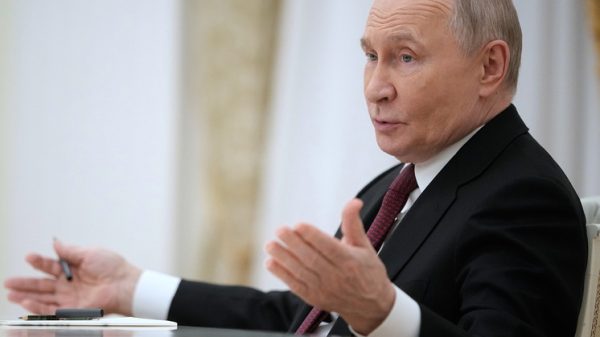

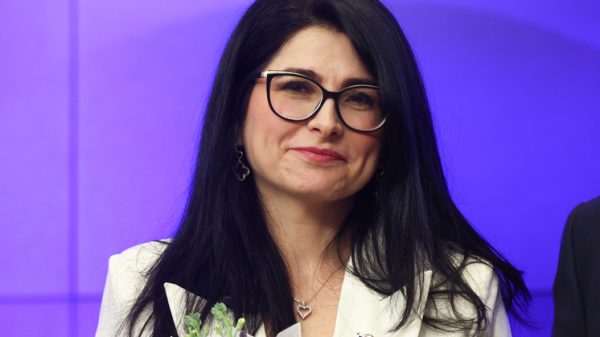

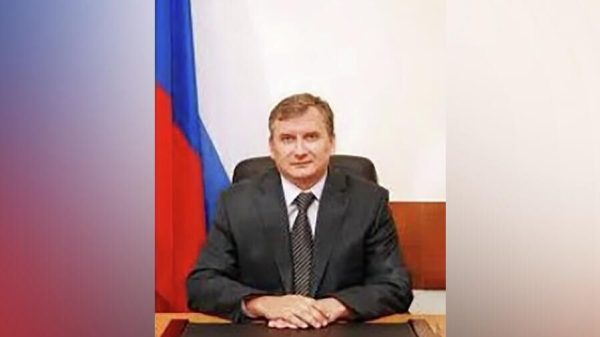
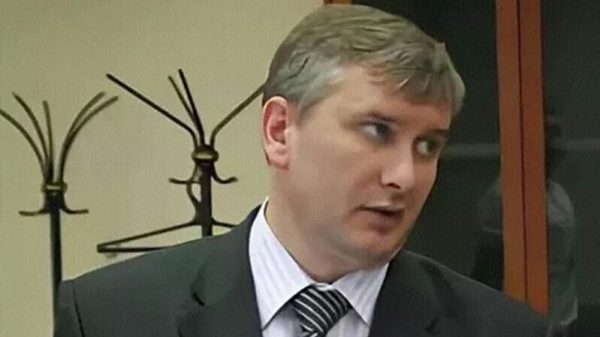

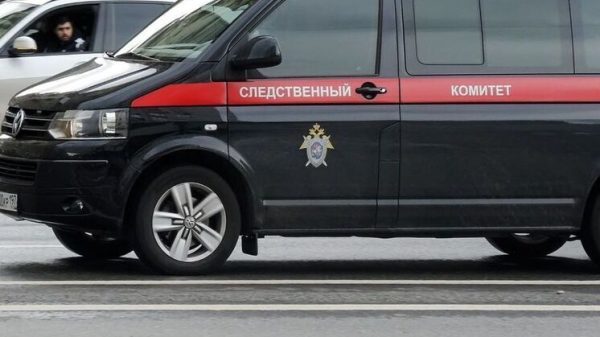
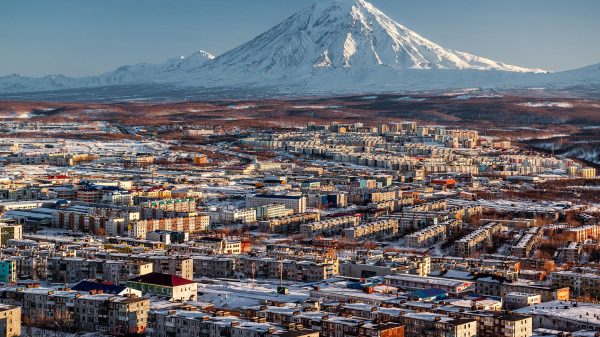
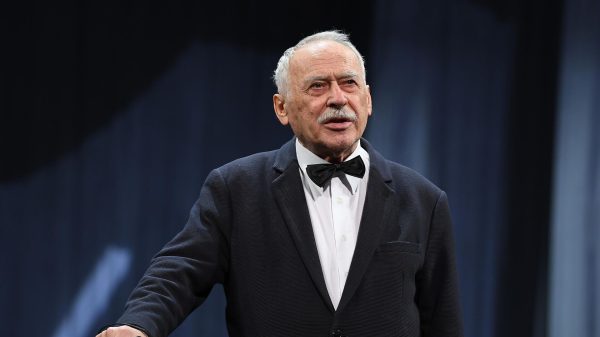
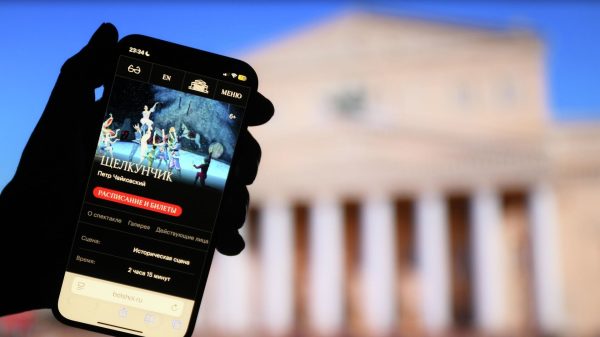
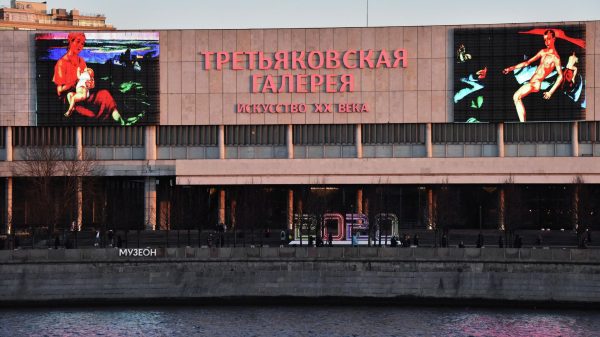
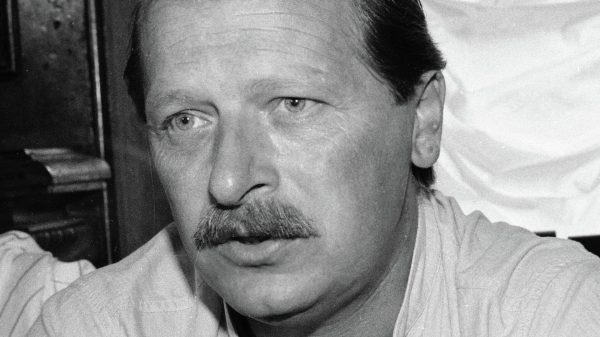


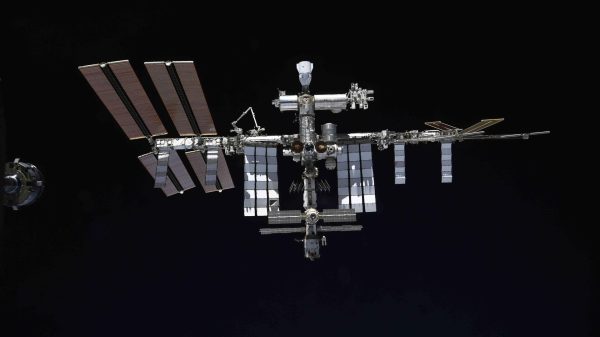

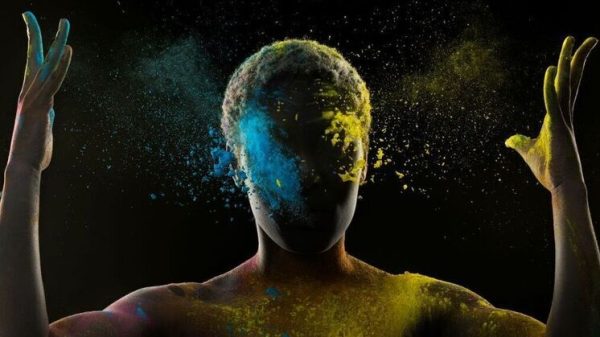
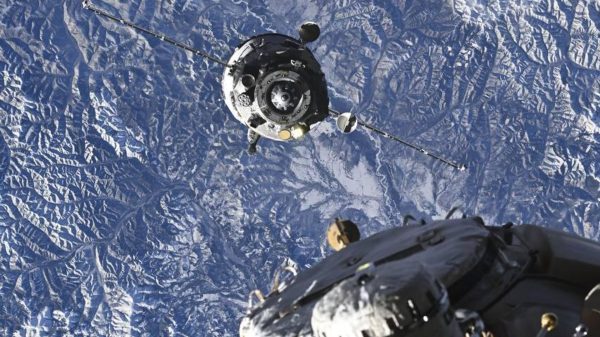







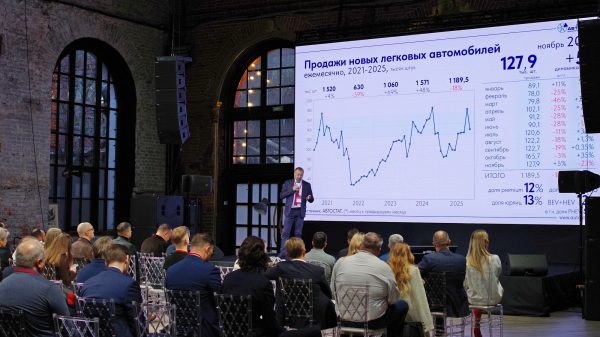



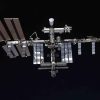

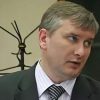




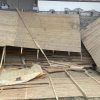





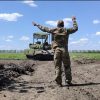



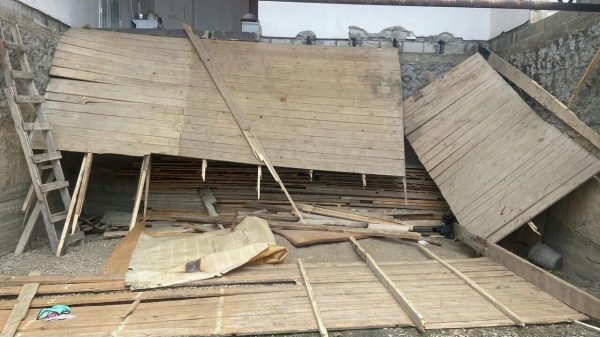
Свежие комментарии